In Quebec City, history is not far away
In Quebec City, history is never far away! Be it the Chateau Frontenac, the luxury hotel that towers unmistakably on the Cap Diamant above the St. Lawrence River. Be it the plains of Abraham at the gates of the city, on which the decisive battle between the French and British for the continent of America took place. Or be it the streets in the Petit Champlain district below the city hill, where Samuel de Champlain built his wooden palisade fort - everything bears witness to the past of the capital of the province of Quebec.
This is where the first schools and universities emerged. From here the explorers set out to explore the areas west of the known settlement area. The representatives of the colonial administration also came here to enforce the ideas of the home government about life in the colonies. Witnesses of these events are the churches, school buildings and universities that still look out from the Upper Town onto the St. Lawrence River. The lower town in Old Quebec gives the impression of a city that has grown historically. You can still find traces of the founders, even if most of them have long since disappeared in the fog of time.
In the footsteps of the first settlers in Quebec City
In the quarter below Cap Diamant you can feel the closeness of the founding fathers of Quebec most intensely. At this point, Samuel de Champlain built a wooden palisade fort in 1608. There's nothing left of that today except a few names. But the cannons are still aiming at St. Lawrence. The stone houses are grouped around the Church of Notre-Dame-des Victoires as in earlier times. The church itself is said to provide support against attackers. All of this creates an attitude towards life like in France. This can be felt everywhere in the city.
The Rue Petit Champlain was already a beaten path in the time of Samuel de Champlains, which led to "Champlain's fountain". Soon there were the first houses along this path. The beaten path became a street. During the French rule, craftsmen and their families lived along the street. Working families from Ireland moved here in the 19th century. They made their living in the docks. Today dealers and shop owners have settled here.
Colonial schools
The Ursuline Convent is located on Rue du Parloir, a street not far from Place d'Armes in Old Quebec. It is just one of the schools in the city that can be traced back to the colonial days of the French. The nuns came from France to teach the daughters of the colonists. They soon expanded their activities to include Indian tribal girls. They wanted to teach them skills that were considered necessary for the women from France. They learned to weave, sew and cook. The nuns tried to teach their protégés the culture of the colonists.
Not far away is the Séminaire du Québec near the city hall. This building is also reminiscent of the French educational policy. This was the first time that higher education was offered in Quebec. Above all, priests were trained on site. On the one hand, they should be responsible for the spiritual well-being of the colonists. On the other hand, they imparted Christianity to the natives.
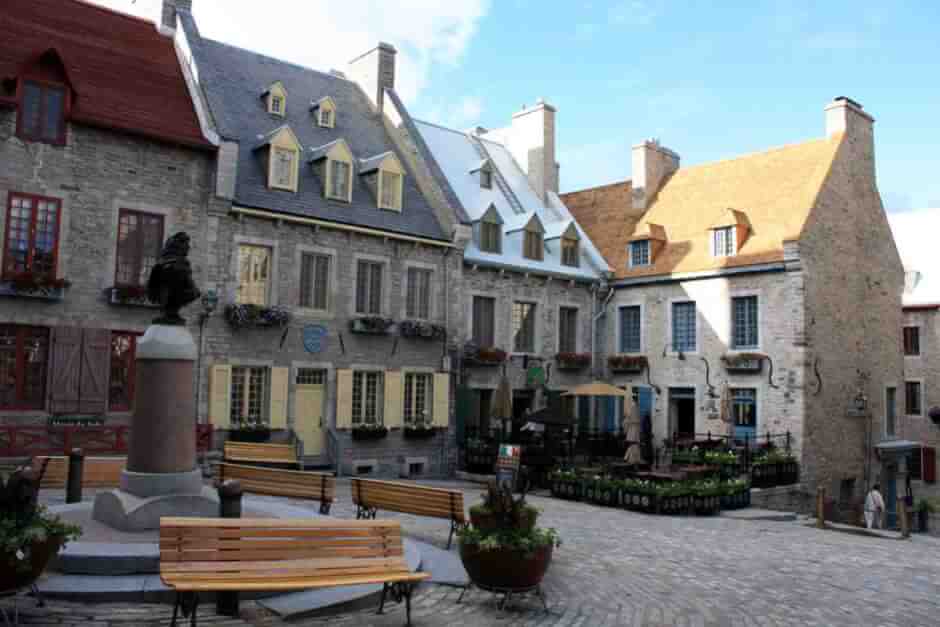
The plains of Abraham were the fate of Quebec
In front of the gates of the city wall in the upper area the old Town extend the plains of Abraham. Where today a park extends to the edge of the cliff above Saint Lawrence, the decisive battle between the French and British armies over the fate of New France took place on September 12, 1759. The British commander, General James Wolfe, and his troops met the French army led by Louis-Joseph, Marquis de Montcalm. There were more than 10.000 soldiers involved in this battle. The outcome of this still influences the fate of the province of Quebec today.
The spot where the British, led by William Howe, climbed the cliffs is now an industrial site. The Plains of Abraham is one of Canada's National City Parks. However, the events of the battle still provide fuel for quarrels in Quebec politics: in 2009 it was planned to re-enact the battle on the Plains of Abraham. Due to protests by the separatists, these plans had to be abandoned. Violent rioting was feared. Instead, 140 texts from the history of Quebec were read. This included the FLQ Manifesto, a key document of the terrorist Front de Liberation du Québec. Federal politicians from Canada then refused to participate in the commemoration. Government funds that had already been approved for their financing were cut again. This, too, is history in Quebec that is still alive today.
Cathedral Ste. Trinité as a symbol of British rule
Not far from the Convent of the Ursuline Sisters and the Séminaire du Québec, the Anglican Cathedral stands in the center of the old town. The simplicity of its furnishings stands out clearly from the splendor of the Notre Dame Basilica. The Catholic Church is just a few meters away on Rathausplatz. Here it becomes clear what a turning point the British takeover represented for the French Canadians. In many churches in the province such as Ste. Anne-de-Beaupré, the Catholics of Quebec seem to want to emphasize their religious heritage with imposing church buildings as a symbol of their identity as French Canadians.
The most striking building in the city of Quebec is more of a symbol of compromise. The Chateau Frontenac is located in the middle of the city center on the Place d'Armes. Horse-drawn carriages wait for customers under the deciduous trees. Next to it, the statue of Samuel de Champlain in the square in front of the hotel watches over the place of St. Lawrence. From there it opens into a funnel until it flows into the Atlantic. From the Dufferin terrace you can look out over the point where the Saint Lawrence River widens and flows around the island of Ile d'Orléans.
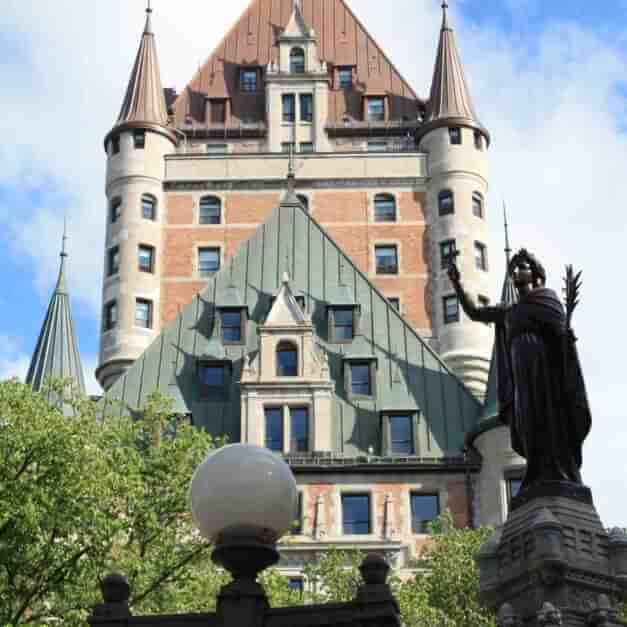
One of the railway hotels of the Canadian Pacific Railway
Even if you've never been to Quebec City, you can enjoy the sight of it Chateau Frontenac Pretty much everyone in the center of the old town knows it. No wonder, the Chateau Hotel towers over the lower town from Cap Diamant above the St. Lorenz River. It is therefore a popular photo opportunity for tourists from all over the world. It's also part of any sightseeing tour of Quebec City.
The Chateau Frontenac stands on the site of the “Vieux Chateau” (the old castle). This is what the Château Haldimand was once called, in which the administration and reception rooms of the colonial government were housed. In 1880, the idea came up to build a luxury hotel in its place. It was William Van Horne, the managing director of the Canadian Pacific Railway, who commissioned the New York architect Bruce Price to do the job. He was supposed to design a hotel for the passengers of his railway line.
Price was inspired by the architecture of France at the time. This initially developed into a hallmark of castle hotels in Canada and eventually even the country's government buildings were built in this style.
Opened in 1893, the hotel was an immediate success. It was expanded several times into the 20th century. The final expansion was completed in June 1993 with the Claude-Pratte Wing, where hotel guests can enjoy the swimming pool, fitness center and terrace.
Guest list that impresses
This hotel boasts a guest list that includes Hollywood stars as well as royalty and world politicians. King George VI. from England and Queen Elizabeth, the parents of Queen Elizabeth, Princess Grazia Patricia of Monaco, Chiang-Kai-Shek, Charles de Gaulle, Ronald Reagan, Francois Mitterand, Prince Andrew and Lady Sarah Ferguson, but also Charles Lindberg, Alfred Hitchcock and Montgomery Clift were already staying here.
The Chateau Frontenac even played a role in world history. For example, the Quebec conferences during the Second World War took place there. President Franklin Delano Roosevelt, Prime Minister Sir Winston Churchill and William Lyon Mackenzie King from Canada met there.
Location on the Cap Diamant
Today the luxury hotel sits atop Cap Diamant. From its “forecourt”, the Terrace Dufferin, you have a view of the St. Lawrence River, the lower town, the Petit Champlain district, the town of Lévis and the Ile d'Orleans. This seems to lie like a plug in the river before the narrowing of the St. Lawrence near Quebec City. The hotel develops its charm especially in autumn, when the leaves of the Indian summer bathe the city in warm colors, or in winter, when the snow covers the battlements and towers of the castle hotel like powdered sugar, as if it wanted to give its guests a particularly warm welcome be called.
400 years of history in Canada's oldest city
There are few places in North America older than Quebec City. However, there is none where history is still as present as in the capital of the province of Quebec. The city wall still surrounds the old town today. It is both a symbol of French Canadian identity and a sign that they are still trying to differentiate themselves from the rest of Canada. At the same time, Quebec is also a city that still feels very European. This is probably one of the reasons why it seems inviting to visitors from the Old World. It enchants visitors with its charm, with the harmonious cityscape - despite all the quarrels - and, above all, with its flair, which is so reminiscent of France.
Travel Arrangements:
Parking at the airport
Here you can reserve your parking space at the airport before departure.
Getting to Quebec City:
Compare and book flights here*. Quebec City has an airport. From there you can then continue your journey by rental car or public transport.
Rental car from Quebec City:
Rent a car - book quickly and easily! *
Hotels in Quebec City:
Accommodations in and around the city* For example, you can book here. One Accommodation in Quebec City for slow travelers However, you can find it here.
City Tour Quebec City:
Do you know this?
- Culinary journey of discovery through Quebec City: local specialties up close
- Schools, churches, monasteries - the religious heritage of Quebec
- Quebec Attractions
- The Montmorency Waterfall in Quebec: Insider tips for your visit
- Dining in Quebec: discover the best specialties
- Montreal's maritime heritage on the St. Lawrence River
- Underwater world of the St. Lawrence River in Quebec: Exploramer
- Never be speechless again: Your survival guide to the Quebec language
- Autumn decoration for outside
- Ottawa Winterlude
- Ottawa Winterlude hotels
Text: Copyright Monika Fuchs and TravelWorldOnline
Photos: Copyright Monika Fuchs and TravelWorldOnline
Note: This article first appeared in the travel magazine 360 ° Canada
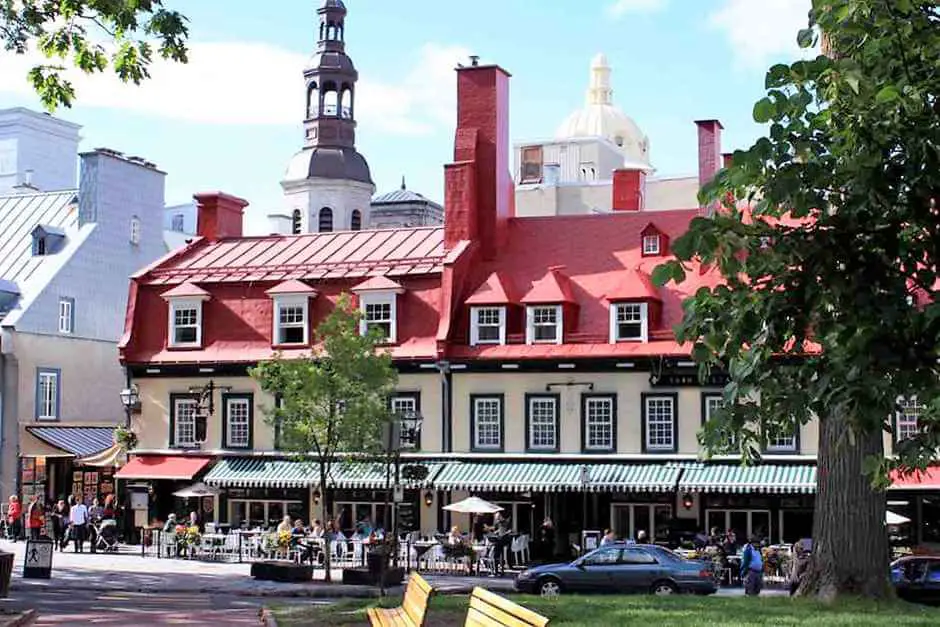
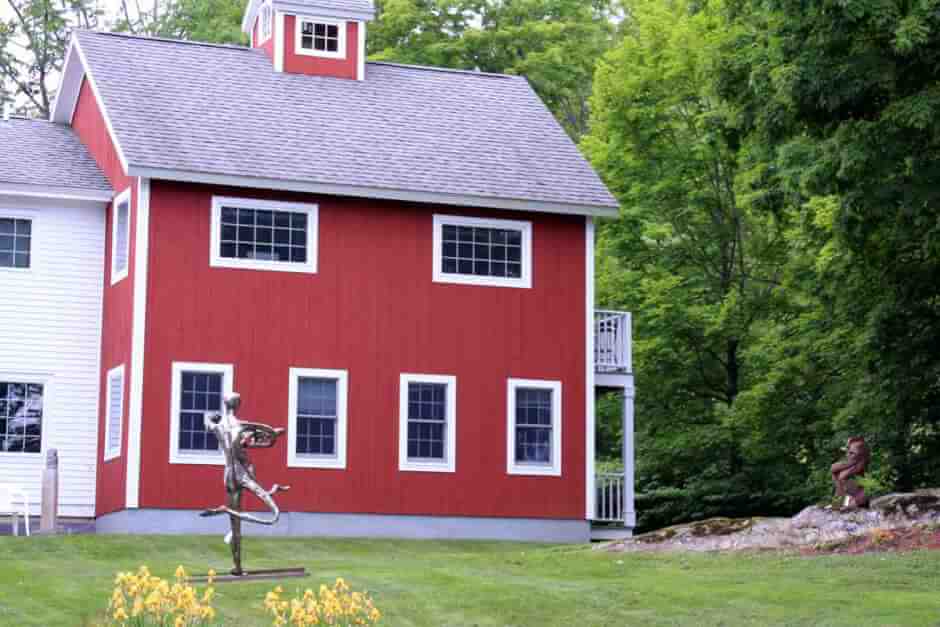

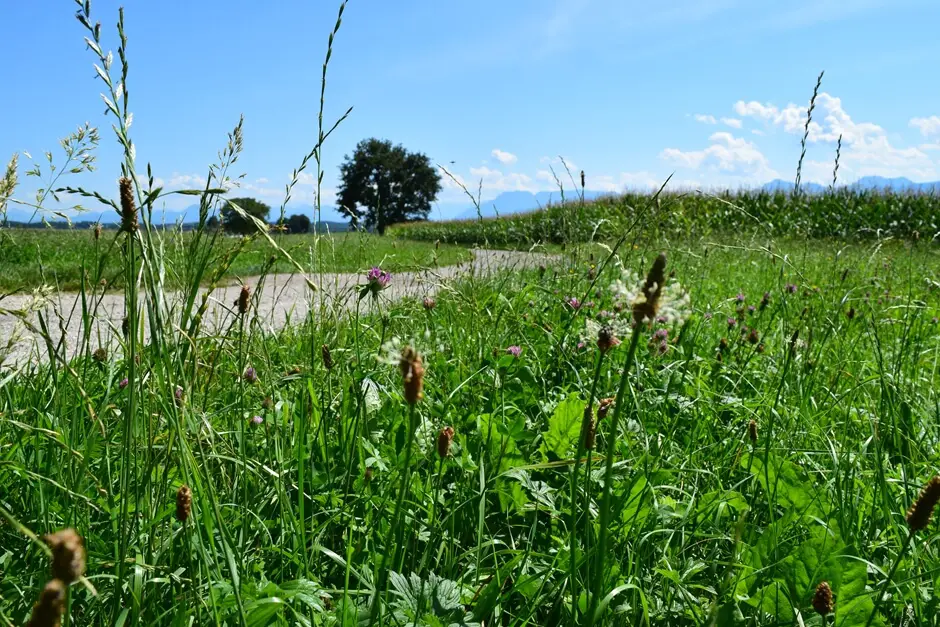
Quebec is really a great city. I liked the old town very much. Unfortunately we were only there for two nights. I would have liked to have a look at some of the surrounding area, but maybe it turns out that I am there. :) I will link your very interesting article directly under my Quebec article. :)
Best regards,
Peggy
Dear Peggy,
Quebec is one of our favorite cities in Canada. It pulls us over there again and again :). The surrounding area is also worth a trip - or even several. If you are interested, we already have quite a few of them Articles about Quebec published in our blog.
Best regards,
Monika